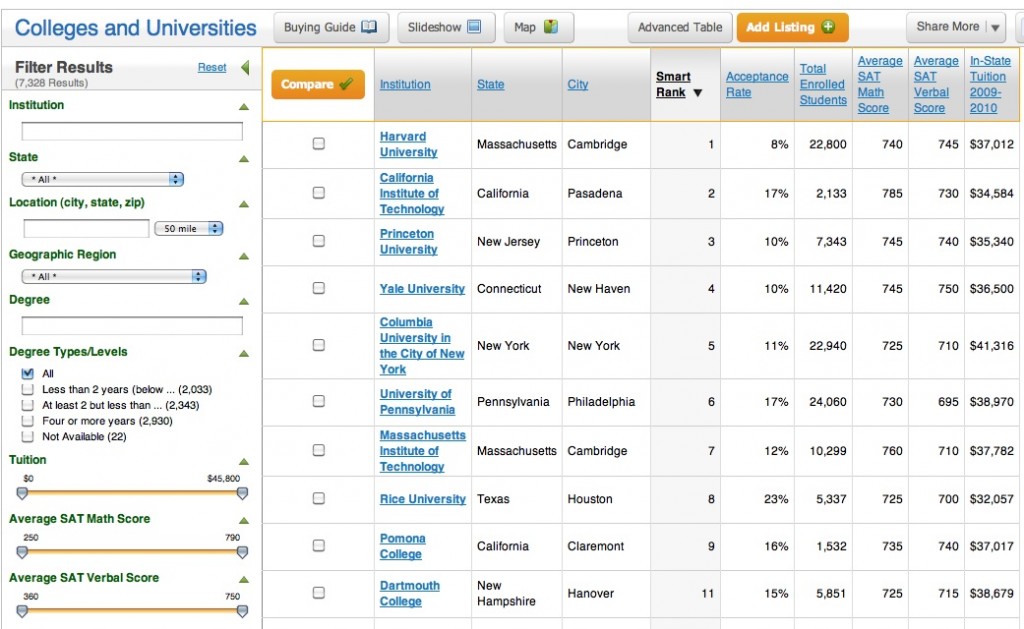 I pride myself in saying, “I work best under pressure”. That might be true, but it causes havoc in my household when I’m scrambling to complete a project right up to the last second. Here’s one of those instances where I will say, “do as I say and not as I do”. You can’t use this philosophy in the college admissions process. Every aspect of the process revolves around deadlines.
I pride myself in saying, “I work best under pressure”. That might be true, but it causes havoc in my household when I’m scrambling to complete a project right up to the last second. Here’s one of those instances where I will say, “do as I say and not as I do”. You can’t use this philosophy in the college admissions process. Every aspect of the process revolves around deadlines.
Here is the list of deadline-specific tasks:
- Testing registration
- Early action / early decision application submission
- Regular decision application submission
- FAFSA submission
- PROFILE submission
- Scholarships submissions
- College acceptance deposit
- Final transcript submission
College admission is ONE task in life that won’t allow “do-overs” or “extensions”. It is an unforgiving process that will cost you hundreds and even thousands of dollars for procrastinating and not filing on the appropriate deadline. So here is my ONE PIECE OF SAGE ADVICE:
DO EVERYTHING EARLY!
- Register early for the SAT/ACT tests.
- Complete the application EARLY and get it in to the colleges before the deluge of “wait until the last minute” applications arrive.
- Complete the FAFSA the minute it becomes available (even if you have to estimate).
- Submit all scholarship applications EARLY.
- Followup on all the parts of your application to verify that the colleges received them.
Remember that EVERY college is different; do your homework and stay abreast of any college-specific deadlines.
For a list of deadlines, check them out at the College Board’s website:








